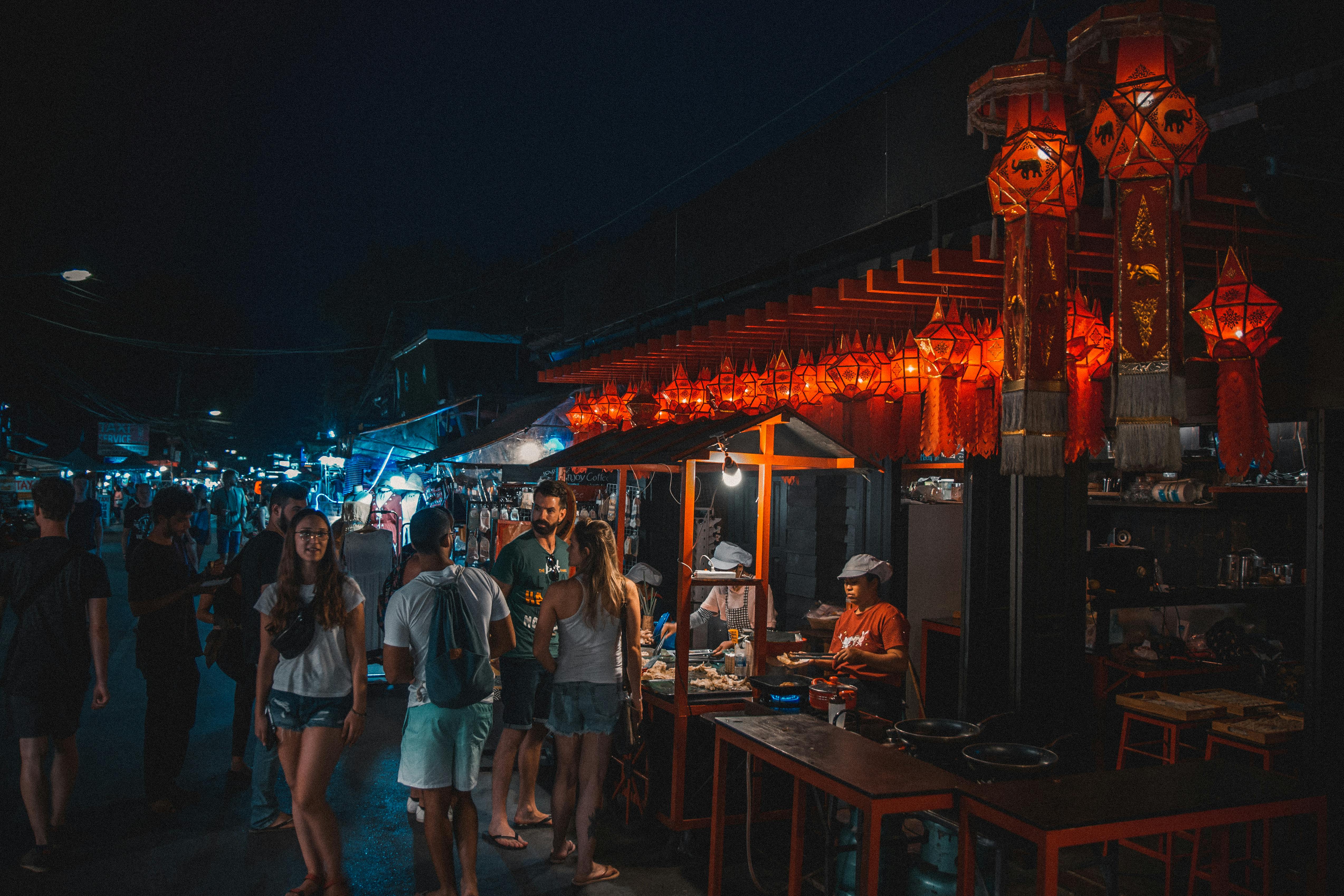Unmasking the Mystique of Dark Tourism: A Journey Through History and Humanity
The world of travel is ever-evolving, and one emerging trend is captivating the interest of modern explorers like never before. This is the intriguing and somewhat macabre world of 'Dark Tourism.' A journey through the pages of history, dark tourism unveils the stories of our past that are shrouded in mystery, tragedy, and horror. This phenomenon is not just about visiting places of historical significance; it's about delving deeper into humanity's past, understanding our shared history, and developing empathy towards the suffering endured by those before us.

The Genesis of Dark Tourism
Dark Tourism, also known as grief tourism or black tourism, has its roots embedded deeply in our history. Although the term itself was coined only in the late 1990s by professors John Lennon and Malcolm Foley, the practice dates back to ancient times. The Romans, for instance, would flock to the Colosseum to witness gladiatorial battles, a spectacle that was as gruesome as it was mesmerizing.
In more recent times, the catacombs of Paris, the Auschwitz concentration camp in Poland, and the Aokigahara forest in Japan are popular dark tourism destinations. Each of these places offers a chilling reminder of our shared past, allowing travelers to experience the weight of history firsthand.
The Allure of Dark Tourism: A Modern Phenomenon
The rise of dark tourism in recent years can be attributed to a variety of factors. As travelers seek unique and authentic experiences, they are drawn towards destinations that offer more than just panoramic views and leisurely activities. Dark tourism sites, with their profound historical and emotional narratives, provide an opportunity for reflection and a deeper understanding of our shared human history.
Moreover, in the digital age, where information is readily available, people have become more curious and aware of the world around them. They want to see, feel, and understand the realities of the world they live in, even if those realities are grim.
The Impact: A Double-Edged Sword
While dark tourism can be an insightful and educational experience, it also comes with its own set of challenges and ethical dilemmas. On the one hand, these sites offer an opportunity to remember, learn, and pay respects to those who suffered. They also contribute to preserving history and spreading awareness about human rights violations, wars, and tragedies.
On the other hand, there is a risk of commercialization and exploitation of these sensitive sites. Ensuring that the dignity and respect of these places are maintained is of utmost importance.
For travelers, it’s essential to approach these sites with sensitivity and respect, understanding that they are not just tourist spots but places of great historical and emotional significance.
A Dark Tourism Experience: Practical Insights
- Before embarking on a dark tourism journey, do thorough research about the place, its history, and its significance.
- Understand the etiquettes and rules of the site. Many of these places have specific guidelines for visitors to ensure respect for the site and its history.
- Take the time to reflect on the experience and what it means in the larger context of our shared human history.
- Remember, these are not places for thrill-seeking or disrespectful behavior. Always maintain a respectful demeanor.
Wrapping Up: The Essence of Dark Tourism
Dark tourism, despite its macabre connotations, serves as a stark reminder of our shared past. It allows us to explore the lesser-known narratives of history, fostering empathy and understanding. As we navigate the complex world of dark tourism, it’s essential to approach it with sensitivity and respect, remembering that these sites are not just tourist attractions but poignant reminders of our shared human history.




